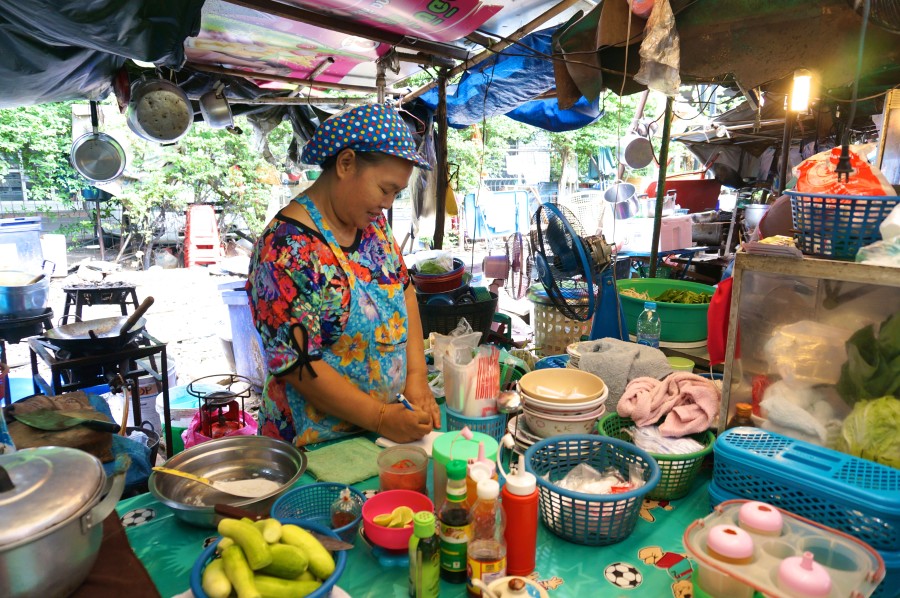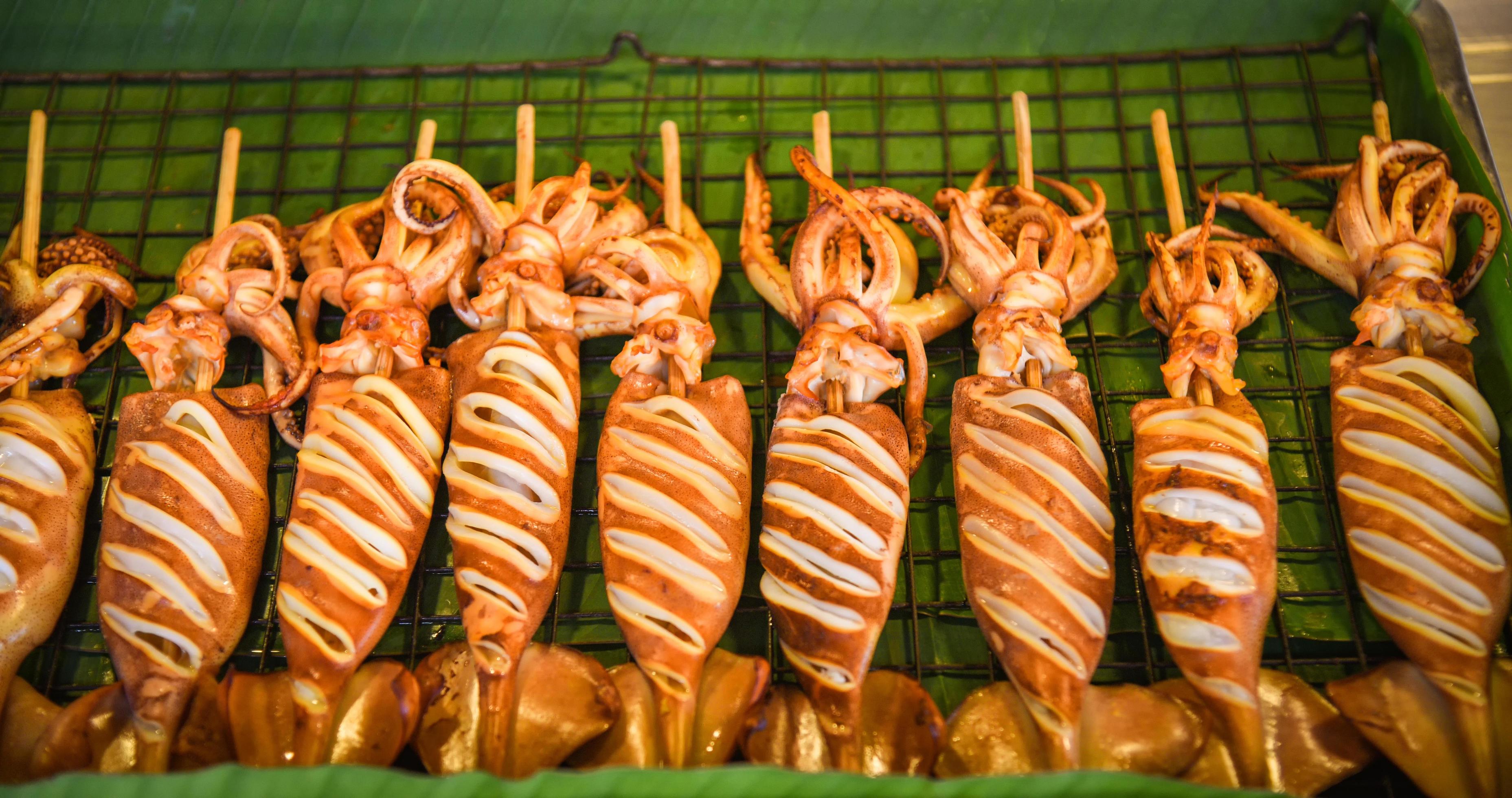© 2025 AffordableJourney. Built with care by our team. All rights reserved.
How to Find Authentic Street Food in Bangkok Without Getting Sick
By Jessica Monroe
Bangkok’s street food is legendary — a sensory overload of sizzling woks, aromatic spices, and vibrant colors that can lure even the most cautious traveler to pull up a tiny plastic stool and dig in. But if you’ve heard horror stories about travelers spending half their trip curled up in their hotel bathroom, you might be wondering: How do you enjoy authentic street food in Bangkok without paying the price later?
After multiple visits to Thailand and many, many meals eaten streetside — from bustling night markets to tiny family-run stalls — I’ve mastered the art of eating adventurously while staying healthy. Here’s my personal guide to enjoying Bangkok’s street food scene without compromising your stomach’s well-being.
The Allure of Bangkok’s Street Food
There’s nothing quite like Bangkok when it comes to street food. The city’s sidewalks are alive with vendors cooking up everything from fiery curries to sweet coconut pancakes.
Why street food here is special:
It’s deeply cultural – Street food isn’t just cheap eats; it’s woven into the daily lives of locals.
It’s incredibly fresh – Many vendors shop daily at local markets, so your food often goes from market to wok within hours.
It’s diverse – You could eat at a different stall every meal for a month and never have the same thing twice.

Rule #1: Follow the Locals
If a stall is packed with locals — especially during meal times — that’s your first green flag. Locals know which vendors are reliable, fresh, and flavorful.
Why this works:
High turnover means the food isn’t sitting around for hours.
Locals won’t keep returning to a stall that makes them sick.
Personal Tip: I once skipped a busy stall for a quieter one because it “looked cleaner” — bad idea. The food was bland, and my stomach didn’t thank me. Now, I follow the crowds every time.

Rule #2: Watch the Cooking Process
Before you order, take a minute to observe. Are the raw ingredients stored properly? Are the utensils and cutting boards clean? Is the food cooked to order or reheated from earlier in the day?
Look for:
Meat stored on ice, not left in the sun.
Vendors using gloves or tongs, not bare hands.
Food sizzling in the pan — piping hot food is less risky than something lukewarm.

Rule #3: Choose Busy Times, Not Off-Hours
One of the easiest ways to avoid stale food is to eat when everyone else is eating — usually around 11:30 AM–1 PM for lunch and 6–8 PM for dinner.
Off-peak hours can mean:
Food has been sitting out.
Lower turnover of ingredients.
Vendors more likely to reheat leftovers from earlier in the day.

Rule #4: Be Careful With Raw or Unpeeled Produce
Salads, fresh herbs, and fruits might look refreshing in Bangkok’s heat, but they can be risky if washed in contaminated water.
My approach:
Stick to fruits you can peel yourself (bananas, mangoes, rambutans).
Avoid ice in drinks unless it’s clearly from a bag of filtered ice.

Rule #5: Trust Your Nose
Your sense of smell is a powerful safety tool. If something smells sour, off, or overly fishy, it’s best to walk away — no matter how good it looks.
A true story: I once stood in front of a grilled fish stall that looked Instagram-worthy but had a faint sour smell. I trusted my instincts, skipped it, and later learned two other travelers who ate there got sick.

Rule #6: Know the “Safe Bets”
Certain street food dishes in Bangkok are safer because they’re cooked at very high temperatures or boiled for long periods.
My go-to safe picks:
Pad Thai – Always made fresh, high heat.
Khao Pad (fried rice) – Custom-cooked and steaming hot.
Tom Yum soup – Boiled, spicy, and served piping hot.
Moo Ping (grilled pork skewers) – Cooked right in front of you over charcoal.
Rule #7: Hydrate — But Wisely
Bangkok’s heat can make you thirsty, but not all beverages are safe. Stick to:
Bottled water with intact seals.
Fresh coconuts (nature’s filtered drink).
Factory-sealed soft drinks.
Avoid:
Drinks with unverified ice.
Fresh juices from unclean blenders.
Rule #8: Carry a “Just in Case” Kit
Even with all precautions, your stomach might rebel. I always travel with:
Activated charcoal tablets.
Oral rehydration salts.
Hand sanitizer.
Travel-sized wet wipes.
Rule #9: Explore Different Food Hubs
Bangkok has countless street food spots, but some areas are known for high-quality, fresh, and safe options.
My favorites:
Yaowarat Road (Chinatown) – Legendary for seafood and Chinese-Thai dishes.
Victory Monument – Street food paradise for noodle lovers.
Or Tor Kor Market – Cleaner, upscale market with amazing street-style eats.
Rule #10: Be Adventurous — But Not Reckless
Part of Bangkok’s charm is stepping outside your comfort zone. Try dishes you’ve never heard of, but balance curiosity with caution. If you’re unsure, start small — share a plate, take a bite, and see how your body responds before going all in.
My Personal Street Food Day in Bangkok
Here’s how I typically eat street food in a way that’s safe and exciting:
Breakfast: Fresh mango with sticky rice from a stall near my hotel.
Lunch: Pad Thai from a busy stall near Siam.
Afternoon Snack: Coconut ice cream served in a coconut shell (with clean utensils).
Dinner: Moo Ping skewers and Tom Yum soup at a bustling night market.
Bangkok’s street food scene is one of the best in the world, and you don’t have to miss out just because you’re worried about getting sick. By choosing busy stalls, watching how food is prepared, sticking to freshly cooked dishes, and trusting your instincts, you can enjoy the city’s flavors safely.
So grab your chopsticks (or spoon), follow the smell of sizzling garlic, and let Bangkok’s street food lead you to your next favorite meal — no hospital visits required.






4 thoughts on “Bangkok Street Food Guide”
Thanks for mentioning the “just-in-case” kit! I never thought about bringing rehydration salts, but now it’s on my packing list.
Brilliant advice. Totally agree about following the locals. I ignored that once and ended up sick for two days. Lesson learned the hard way.
Loved this guide, Jessica! Do you think Victory Monument is better for dinner or lunch? Planning my itinerary and can’t decide.
This is gold! Heading to Bangkok next month, and honestly, I was a bit scared after hearing some horror stories. Your tips make me feel way more confident.